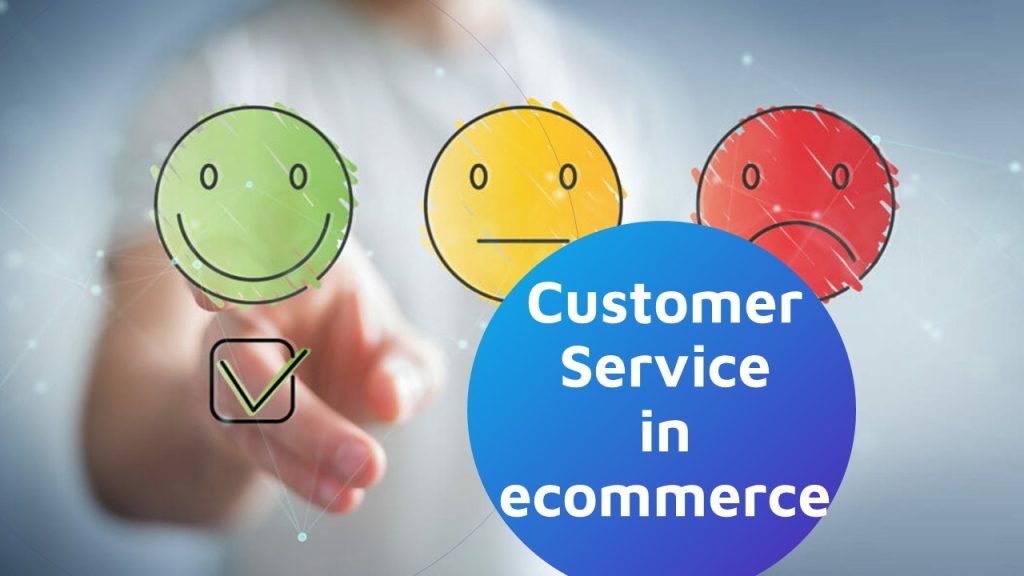The easiest way to explain what an Omnichannel strategy is probably right in your phone. People can reach you via email, chat, video conferences, and audio messages. Yes, you do adapt your voice and tone, your language, and your message to the person on the other side of the line. Then, you meet them for coffee, shake hands and finish signing that long-awaited contract.
We use different channels to communicate with one single person. We even offer the same version of ourselves to that one person, no matter what communication channel we use. And yet, we remain the same person. Well, this is what Omnichannel is.
While brands and products remain the same, they find new channels for promotion. And that often comes with extra work. At Content2Sell we see more and more startups in need of more content to use across different channels: from their own online store, to Social Media campaigns, live streams and offline events.
So, if you see your business is in the same situation, congratulations: you are now headed to the omnichannel world.
What is omnicanality?
Before delving deeper in the subject, let’s start with the basics: Omnichannel is a neologism meaning “all channels”. However, referring to “all channels” may fall short to provide an accurate definition, especially when it comes to e-commerce.
As explained above, omnicanality is based on the simultaneous use of different communication channels with a clear objective: narrowing down the space between the online and the offline worlds. In a way, this gets close to the phygital world we explained in our posts about the Metaverse, but with some nuances.
In other words, omnicanality is the necessary strategy to be present in the phygital world. It’s not about how many channels a brand uses to sell, but about the strategy it follows to create a strong bond with its customers by pivoting around 3 points:
- Integration
- Ubiquity
- Seamlessness

How is Omnichannel different to Multichannel?
Over the past decades, the internet has expanded in all directions and opened markets that were unimaginable not too long ago. New channels brought new market niches and business opportunities. And no business wanted to stay out of that blooming garden. Along came channel managers to help companies manage their sales and inventories from one single place. And that worked quite well for companies that could keep track of all channels at the same time.
However, potential sales didn’t always compensate for higher workloads likemore communication, uploading and updating product content. Higher workloads that sometimes even resulted in losses. And while multichannel strategies focused on maximizing the sales per channel. Omnichannel strategies have basically shifted to a user-centric dimension that eliminates the difference between the online and the offline world. A difference that defined quite well the Multichannel strategy businesses followed not too long ago.
This was nothing but a trend before the pandemic. But the effect of both sustained and intermittent lockdowns, and the changes in consumer behavior forced many businesses to redefine themselves. Digital native brands struggled a little less to keep their business going, and yet many saw the need to “go physical” with the new normal. Brick-and-mortar retailers, however, ran into the urgency of becoming hybrid, merely for survival.
Indeed, the new normal unveiled new patterns: many users discover products online, but want to see them physically before buying them, and vice versa.
Purchase is not an impulse anymore, and sales must be simmered. By building a direct and long-lasting relationship with customers regardless of the channel they use, omnicanality is about building long-term trust and a personalized seamless customer experience.
What are the benefits?
- Brand perception. Going back to the example above, finding the same person on the other side of the line is what users expect no matter what. Centralized brand identity and a seamless customer experience across channels makes it all easier for everyone. On the one hand, consumers can pause, compare and resume their purchases. Brands in turn get the opportunity to offer consumers enhanced personalization and a very personal communication.
- Productivity. Centralization reduces internal processes and whether it is to answer leads’ questions, process sales and after-sales. This helps saving time and money by reducing the necessary resources, and unification results in a direct relationship with no errors or duplicity.
- Higher conversion (even if it’s deferred). As explained above, user behavior has changed in an unsuspected way: online has not replaced offline and virtual has not replaced physical. Instead, conversions may not be immediate but deferred, and carts may not be abandoned but paused. The e-commerce world is now hybrid, and companies should be too.
- 1st hand data. If you didn’t know, third-party cookies are on their final days, which explains why many companies are already switching to Omnichannel strategies. And, if that weren’t enough, the growing mystery around Google Analytics 4 doesn’t make things any better. As the following image shows, applying an Omnichannel strategy will provide valuable 1st hand data to improve customer experience.

Defining your Omnichannel strategy
- Centralize your communications for prospects to leave it and resume it at will.
- Have your inventory continuously updated in real-time.
- Make all your content mobile responsive. All of it, from your online store to your landing pages, images, videos, and infographics.
- Get branded and consistent content for your products in every platform you use. And, especially, adapt it to it.
- Set a content strategy for every channel you plan to use. Remember there are specific publics in each one of them, and optimization makes a real difference.
- Take your product’s promotion to the offline world. Consider pop-up shops, cross-sales and participating in venues and events. Explore every opportunity for brand awareness.
Fortunately, the most popular e-commerce platforms have integrated functionalities that include CRM, communication and Social Media. Shopify, WooCommerce, and their countless alternatives aim already at this centralization, and all your company would need is stablishing a workflow that is as liquid as the world is today. You can leave your product content to us.



